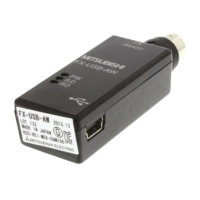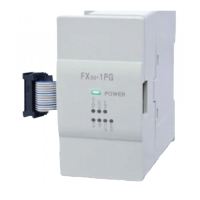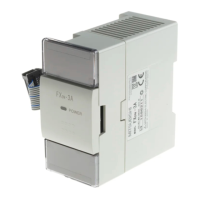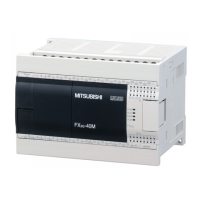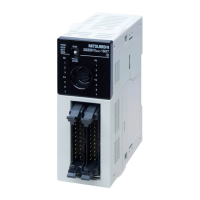7 Applied Instructions
7.23 Data Table Operation
709
FXCPU Structured Programming Manual
(Basic & Applied Instruction)
1
Outline
2
Instruction List
3
Configuration of
Instruction
4
How to Read
Explanation of
Instructions
5
Basic Instruction
6
Step Ladder
Instructions
7
Applied
Instructions
8
Interrupt Function
and Pulse Catch
Function
A
Relationships
between devices
and addresses
Cautions
1) When handling 32-bit data in a structured program, a 16-bit device cannot be specified directly as in the
case of a simple project. Use a label to handle 32-bit data.
A 32-bit counter can be specified directly as it is a 32-bit long device.
Use a global label to specify a device.
2) When the output value overflows, it is handled as follows:
a) In the 16-bit operation
The output value is a 16-bit binary value with sign. Accordingly, if the operation result is outside the
range from -32768 to 32767, it is handled as follows:
b) In the 32-bit operation
The output value is a 32-bit binary value with sign. Accordingly, if the operation result is outside the
range from -2,147,483,648 to 2,147,483,647, it is handled as follows:
Negative bias value =-100
s1
Input value =-32,768
s3
Output value =-32,768+(-100)
=8000H+FF9CH
=7F9CH
=32,668
Negative bias value =-1000
Input value =-2,147,483,648
Output value
s1
s3
=-2,147,483,648+(-1000)
=80000000H+FFFFFC18H
=7FFFFC18
=2,147,482,648
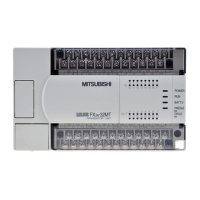
